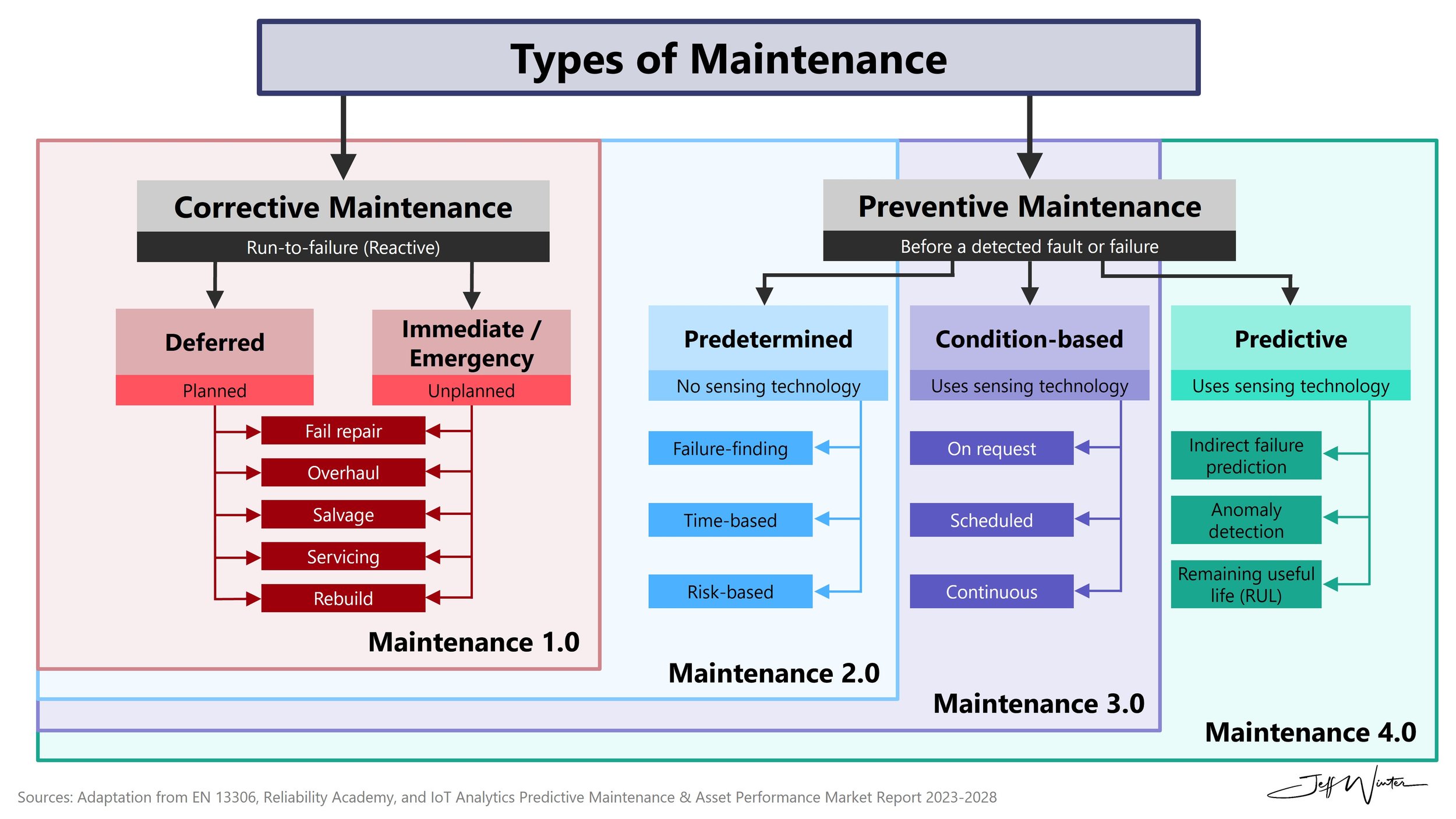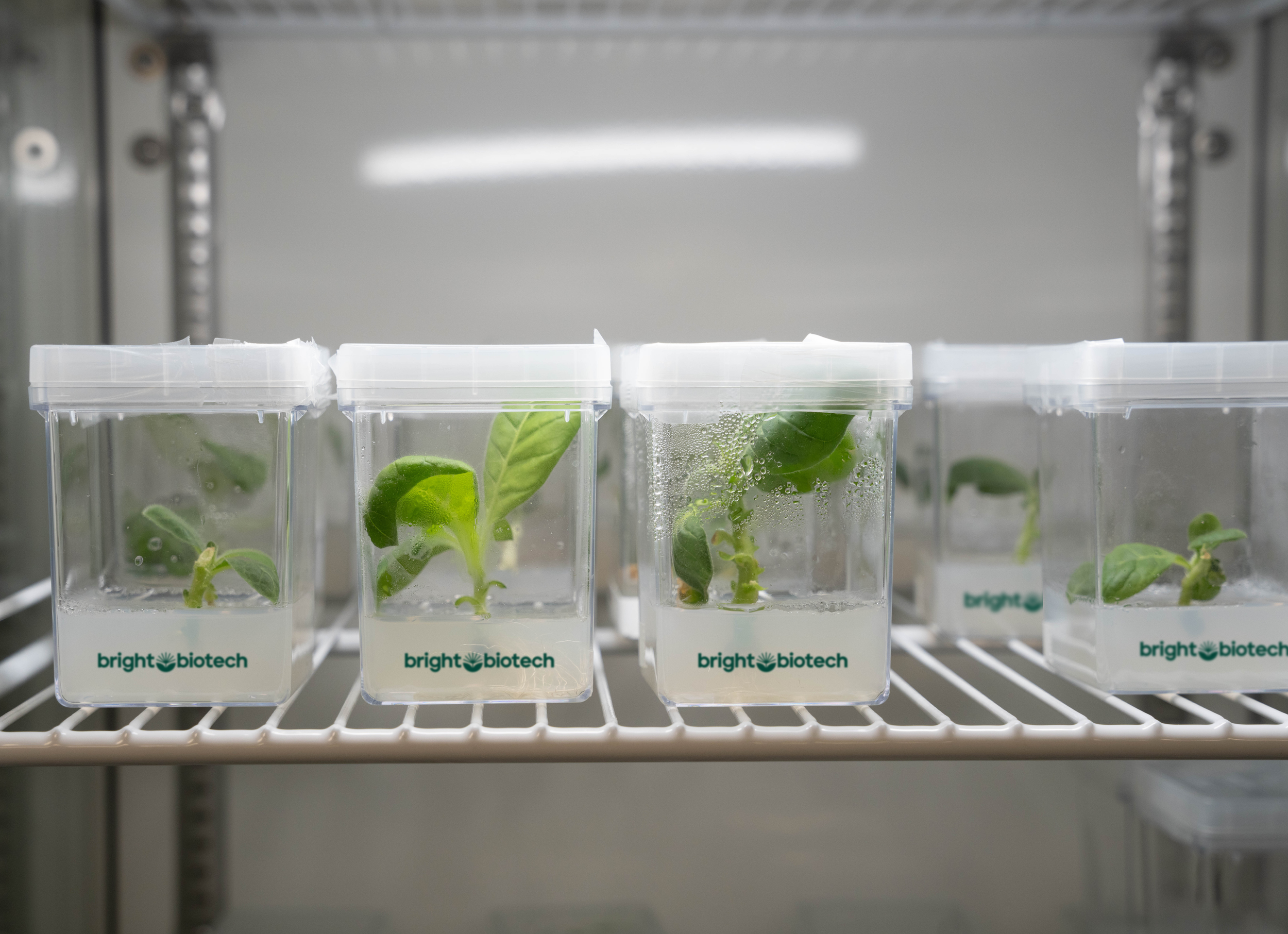
2024: A year of big wins, hard lessons, and immense gratitude.
Building a business from scratch has been equal parts rewarding, terrifying, and exhilarating. Here are some highlights (and lowlights) from the year:

What does minestrone soup and biomanufacturing have in common?
This metaphor perfectly captures one of the biggest challenges in biomanufacturing today: waste and side-stream valorization. It’s also one of the first things Jason Whitfield, an investment associate at Main Sequence VC, shared with me during our initial conversation. From the get-go, we dived into biomanufacturing opportunities in Australia, and Jason’s ability to clearly articulate complex challenges like this one was striking.

How an Octopus can Accelerate your Bioprocess - An interview with Cristofer Rybner of Reocto
For biomanufacturing to have the global impact we’re all hoping for, many things will need to change. Biomanufactured products like food and textiles, while starting in the luxury space, must eventually come down in price to become widely accessible. This will require changes to the underlying technologies. One critical piece of infrastructure is the bioreactor—where cells or organisms are grown at a massive scale 🌱.

Protein from Air? - An Interview with David McLellan from Jooules
Gas fermentation feeds bacteria with CO₂, hydrogen, and nitrogen, allowing them to grow rapidly, doubling in under an hour. This produces a “complete” protein rich in essential amino acids, making it a highly attractive ingredient. 🍽️

🌟 Waste Valorisation and "everything but the oink" 🌟
Beyond biotech innovations and hybrid product development, there’s another compelling path to profitability for cultured meat: waste stream valorization. ♻️ In traditional animal agriculture, every part of the animal finds a use—hence the saying, “everything but the oink.”

🏭🌲 The Biomanufacturing Revolution: Australia's Golden Opportunity 🏭🌲
Biomanufacturing is set to revolutionize global industries, from food and textiles to cosmetics, biofuels, and industrial chemicals. McKinsey reports that up to 60% of consumer goods could have bio-based alternatives, while Boston Consulting Group estimates a staggering $30 trillion in economic potential.

Sausages for Science
I had the pleasure of chatting with two incredible founders who've been building a vibrant scientific community right here in Melbourne. Samuel Wines and Andrew Gray, co-founders of the shared co-working lab space CoLabs, shared their fascinating backgrounds, what drives them, and their vision for the future.

🧬 The Biomanufacturing Revolution is here!
🚀For those following my journey, you know I'm passionate about the bio-based manufacturing sector. But what exactly is biomanufacturing, and why should you care?

🚀 To vertically integrate or not? 🏭
As bio-based manufacturing expands, companies must decide whether to vertically integrate or partner with a CDMO. So many variables must be considered when making this decision, not least of which is maintenance and upkeep costs.

Values before mission?
As part of my weekly interview series, I had the opportunity to sit down with Mohammad from Bright Biotech to learn more about his journey as a founder and the challenges he has faced along the way. 🚀

🚨Premature disclosure can be the death of innovation. 🚨
Don't let these common IP missteps slow you down. Plan strategically, protect your innovations, and stay ahead of the competition.

🌟 Are You Pulling on All Three Biomanufacturing Optimisation Levers? 🌟
As more and more biomanufacturing companies seek to bring their products to market, pulling on all three optimisation levers—cell line development, media formulation, and bioprocess optimization—is critical for success.

Cockroaches versus Unicorns?
"We have a lot of companies building real, tangible solutions. Incumbents are being squeezed by new regulations and advances in technology, creating a perfect storm for innovation. 🌪️ Build something real, co-develop with customers, and start generating revenue quickly. Everyone’s hunting for unicorns. I’m more interested in cockroaches—companies that can grow and be strong regardless of the market. You can’t kill them!"

Building a research lab in your backyard? It’s easier than you might think!
This week, I had the pleasure of catching up with my former Vow colleague, Dr. Katie Bashant Day, from Media City Scientific.

🤝The Ten Key Types of Biotech Partnerships and Why They Matter
For B2C companies, leveraging the expertise and resources of B2B partners can save months or even years of development. Likewise, industry/academia collaborations can help de-risk pre-commercial research, providing a solid foundation for future growth.
So, what types of partnerships are there in the biotech space, and how can you plan for success?

🥚Schrödinger’s Egg - Here, but Not (from) Here 🥔
Founded in 2022, and funded by several VC’s (led by FoodLabs) PoLoPo is now growing ovalbumin-loaded potatoes in growth rooms in Israel. Ovalbumin is their first product—a protein used in a surprisingly large percentage of food products—but their vision extends much further. They plan to develop the potato as a manufacturing platform for dozens (eventually hundreds) of ingredients. Turning the humble potato into one of the worlds most advanced manufacturing facilities. 🏭

A New Cell Line Development Database for Biomanufacturing 🔬📊
Today, I'm excited to share the third of these databases 📚, focusing on commercial cell lines and companies offering cell line development (CLD) services. I’ve mentioned before that I am bullish on the opportunity that exists within the cell-line and CLD spaces, and I remain strongly committed to this view.

🎓 Key Learnings from My First Six Months in Consulting
Embarking on this consulting journey—my first venture without a regular salary—has been a revelation. These past six months have been among the most exhilarating and fulfilling of my career.

~Welcome to the (Bio)Revolution~
I thought I'd share the five technologies I’m most excited by, in the biomanufacturing space. Keeping in mind that that over 60% of the physical inputs to the global economy could be produced by biomanufacturing, these are some of the technologies that will help drive the next phase of the biorevolution

LaaS - Lightning-as-a-Service ⚡
Australia's First Nations have known for generations that lightning can significantly impact plant growth. In fact, areas struck by lightning are known to provide fertile soil, leading to substantial increases in plant growth rates and excellent crop yields.
